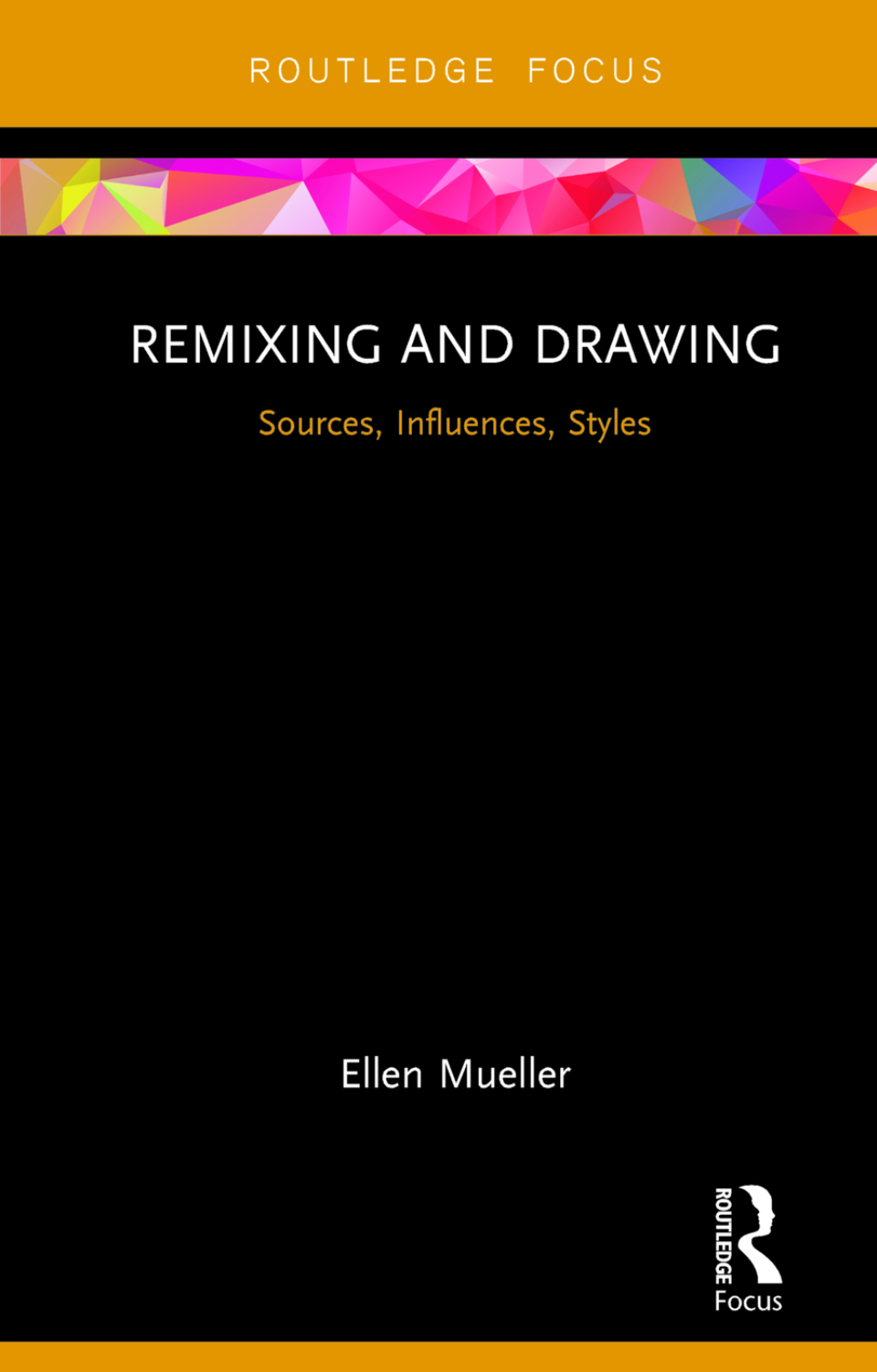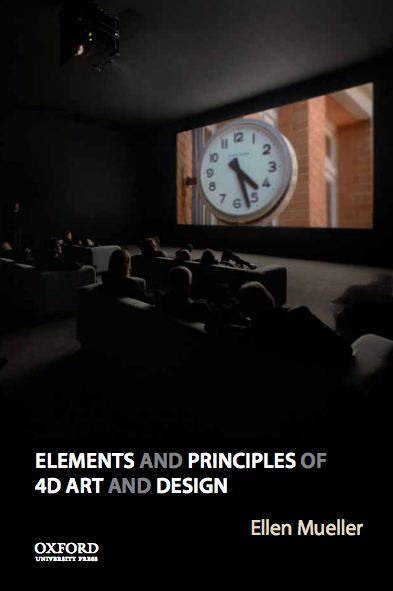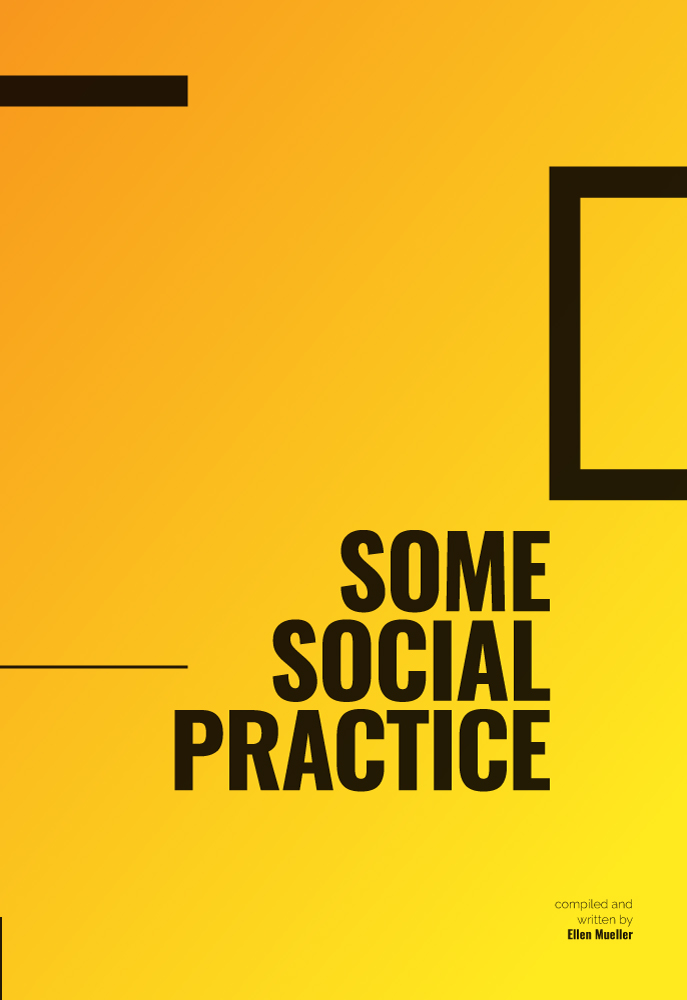Required Reading:
Why we’re doing this:
We will develop our professional skills by practicing digitally archiving our work. It is important to learn how to create effective high-quality photos/videos of your work because it will not only prepare us for the basic requirements of being an arts professional, it is also a skill that will help you in any field.
What’s required:
- After each project, you will post documentation images on your class blog
- Scan or photograph your work (I recommend scanning whenever possible – it’s faster and higher quality). The files must be 300dpi and at least 7 inches on its short edge. If you are scanning, make sure the color settings are set correctly for an accurately colored scan (do a test scan to see if it is working), or if you are photographing, make sure the lighting is even and/or that you are color-correcting in Photoshop. The images you submit must look like your original artworks. If your work is time-based, record it using video.
- Be sure to crop the images to include only the artwork (no spiral bindings or space beyond the page). You are responsible for all the information at Documenting Your Work.
- You will upload your files to your class blog as a single post. Name the post “Project _____ Documentation”
- You will submit a link to your blog post on Canvas as a part of your project reflection.
GRADING
- Photographed/scanned from a level angle (no slanted edges because you are above/below the drawing as you shoot), Lighting is even, images are sharp
- Color is accurate in comparison to the original piece & Good contrast (not over-manipulated via filters/adjustment layers)
- Pages are cleanly cropped (no spiral bindings or backgrounds showing), 300dpi & at least 7 inches on the short side
Scanning:
Visit the VML, Star Store labs, or the library to use their scanners. Ask for help if you need it.
How to COMBINE multiple scans into a single image (if your sketchbook doesn’t fit nicely on the scanner):
- Scan both halves of the drawing (make sure your scanning a lot of overlapping area so the computer can match the scans). Keep both files open.
- Follow the directions in this video (it can take a little while to load):http://screencast.com/t/ccgj289X
EXAMPLES OF GOOD & BAD:
I scanned this sketchbook page (this would get an “A”):





